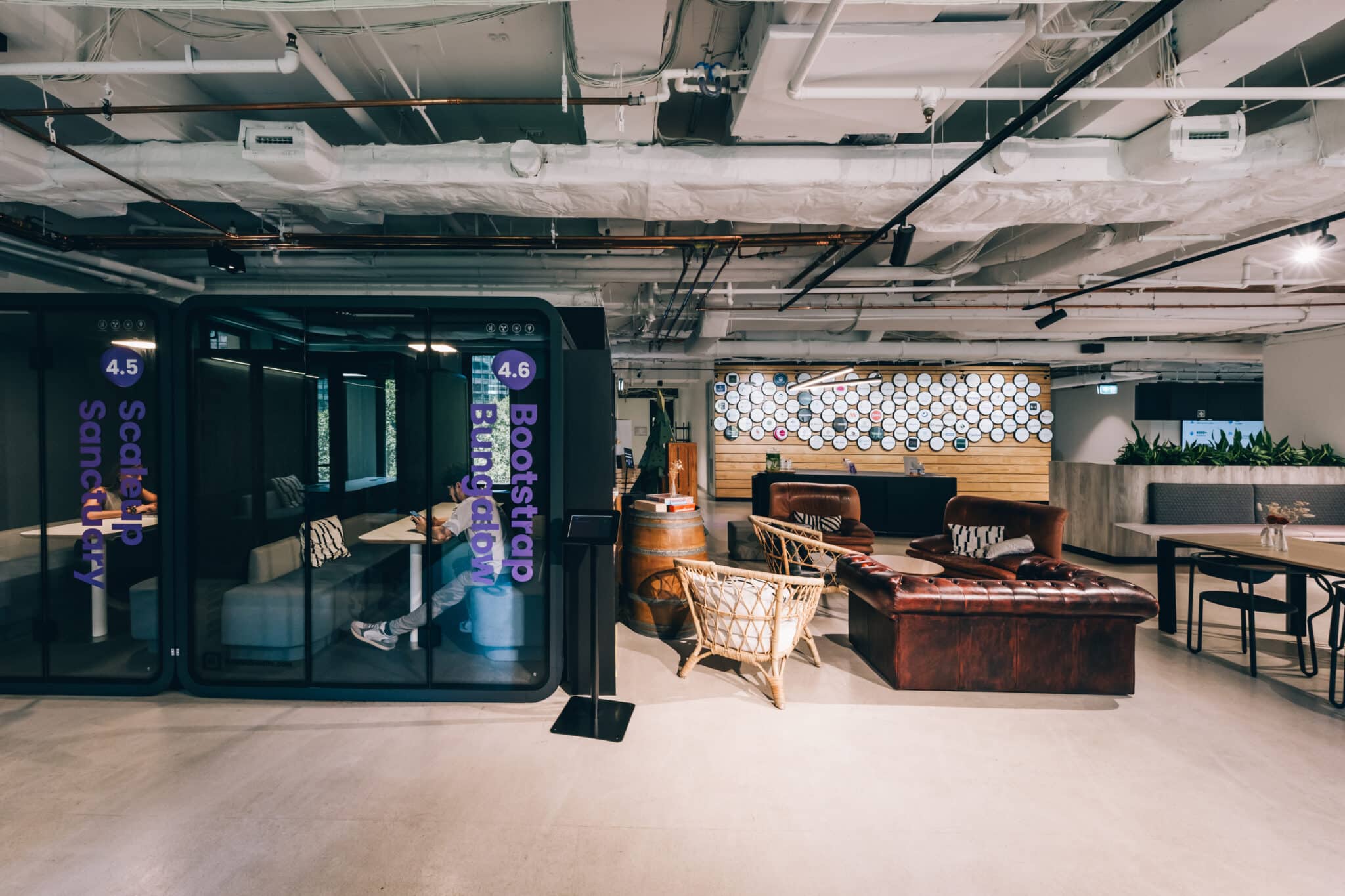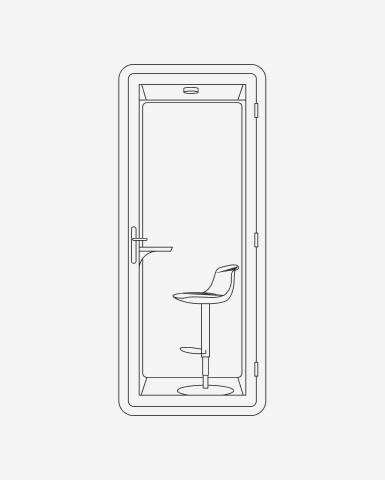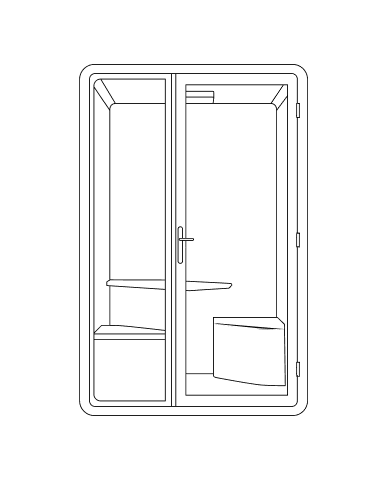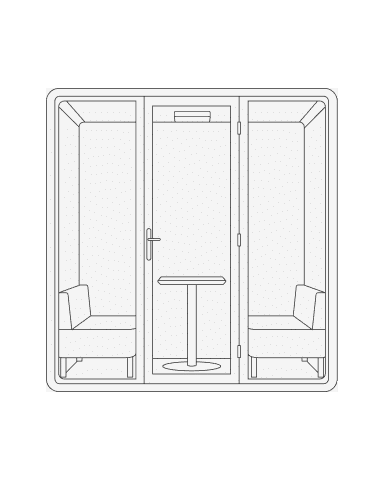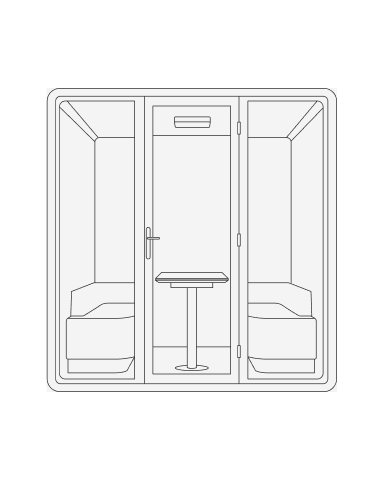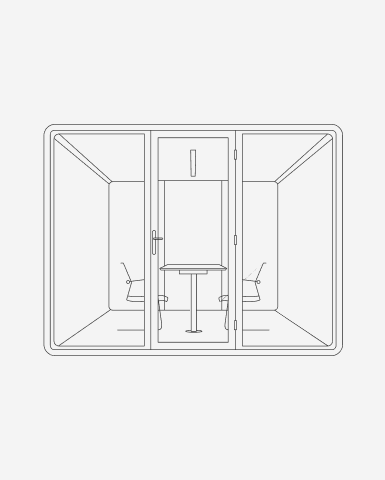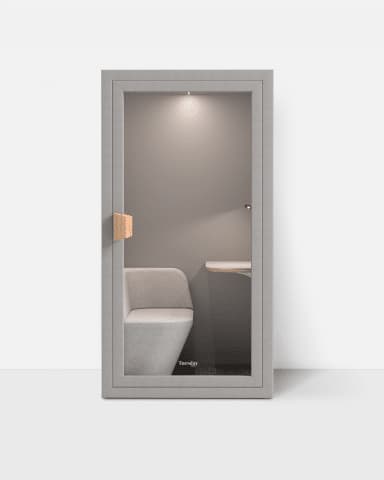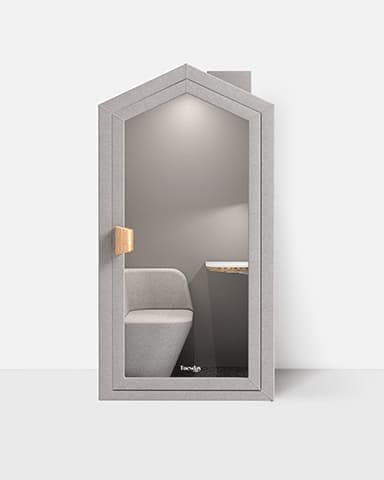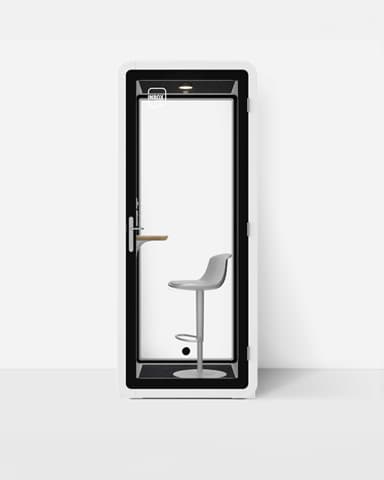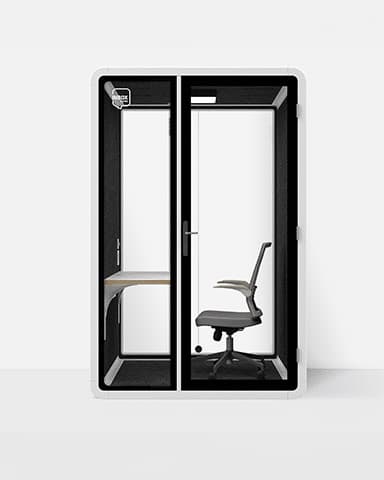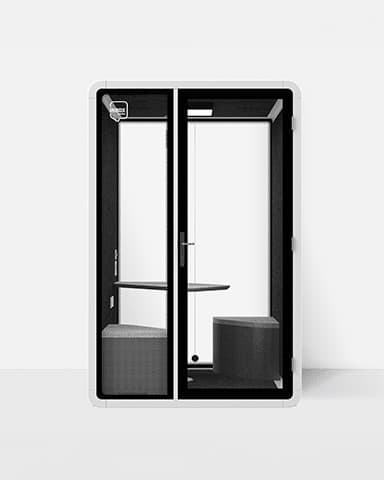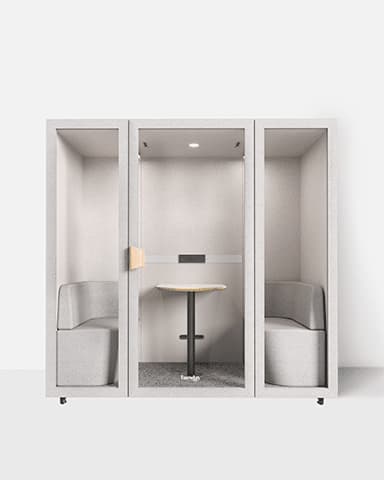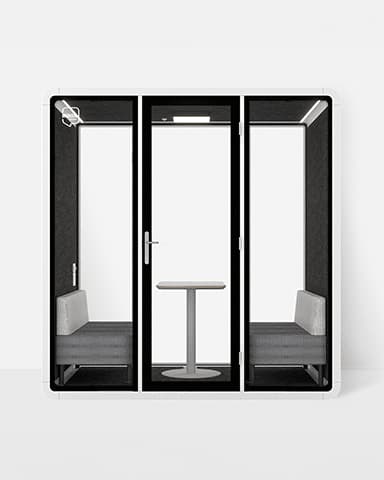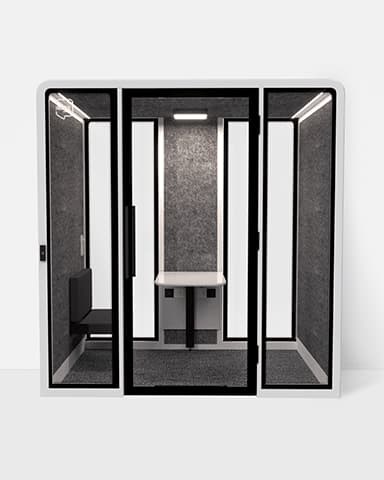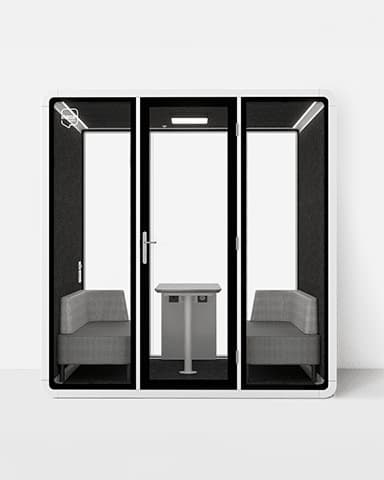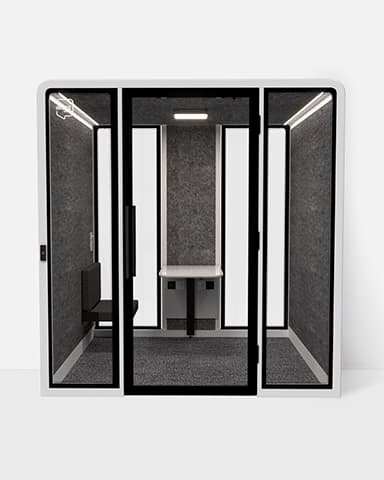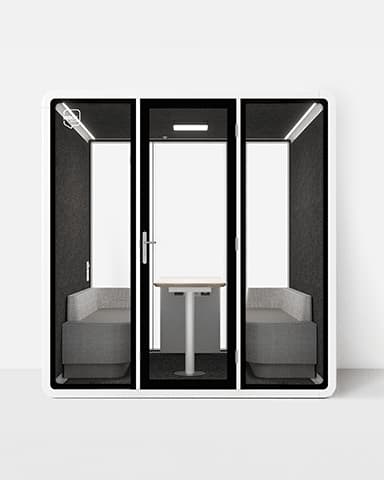Office Culture
Remember when we all thought open-office plans would solve everything? Those large, barrier-free spaces were supposed to spark collaboration and creativity. Instead, many of us found ourselves reaching for noise-cancelling headphones just to get through the day.
Now, as we’ve been navigating the post-pandemic world of hybrid work, we face a new set of challenges. How do we create offices that actually work for people splitting their time between home and headquarters? And how do we balance the need for collaboration with those moments when we just need to focus?
The hybrid reality
Let’s be honest, hybrid work isn’t going anywhere. After experiencing the flexibility of working from home, few of us want to return to rigid 9-to-5 office schedules. Companies have noticed too, with many downsizing their physical footprint while rethinking how their spaces function.
The traditional office setup, which was rows of desks or isolated cubicles, doesn’t cut it anymore. When people do come into the office, they’re usually there for a reason: meaningful face-time with colleagues, collaborative projects, or access to resources they don’t have at home.
As someone who’s spent the last year bouncing between my kitchen table and a reconfigured office, I’ve experienced firsthand how jarring this transition can be without the right environment. So what solutions are actually making a difference in this new world of work? Let’s check it out.
What’s working now in office design
After talking with office managers, designers, and workers across various industries, we’ve noticed several approaches that seem to be making a difference:
Flexible spaces that adapt to different needs
The most successful offices I’ve visited recently feel more like well-designed homes or boutique hotels than traditional workplaces. They offer a variety of spaces for different activities:
- Casual lounge areas for impromptu conversations
- Private nooks for focused work
- Meeting rooms equipped for hybrid collaboration
- Quiet zones for heads-down concentration
We’ve heard from a number of our customers that our Inbox Booths provide exactly the kind of flexibility modern offices need. Unlike permanent construction, our modular meeting rooms and office pods can be moved around as teams’ needs change. Just last month, a marketing director told us how her team uses an Inbox TEAM booth for morning brainstorming sessions, while later in the day, their developers work in our Inbox One+ booths for distraction-free coding time.
Tech that actually works
We’ve all been in that meeting where someone can’t connect, the audio cuts out, or sharing a screen becomes a 10-minute ordeal. The hybrid offices that function best have easily integrated technology that’s actually reliable.
This means meeting rooms with a one-touch setup, office booths with built-in power and connectivity, and systems that allow remote workers to participate fully. The goal is to have technology so intuitive that no one has to think about it.
Putting well-being front and center
If there’s one silver lining from recent workplace disruptions, it’s the increased focus on employee well-being. The best hybrid spaces acknowledge that people perform better when they’re comfortable and supported.
This translates to practical elements like:
- Natural light wherever possible
- Comfortable seating options (not just ergonomic desk chairs, but also sofas and cushioned booths)
- Acoustic solutions that reduce noise stress
- Access to outdoor spaces or nature-inspired elements
Our inbox booths can also function as well-being pods. For instance, you could install a pair of Inbox Two+ booths specifically for wellness purposes, one for meditation or quick power naps, and another for private calls with therapists or healthcare providers through a company mental health benefits program.
Making hybrid meetings less painful
We’ve all experienced the awkwardness of hybrid meetings where the remote folks often feel like second-class participants, while in-office people struggle with technology and room logistics.
Smart offices are creating dedicated spaces for hybrid collaboration. These aren’t just conference rooms with a webcam bolted on as an afterthought. They’re purpose-built environments where everyone can participate equally.
For smaller meetings, solutions like soundproof booths work well because they solve multiple problems at once: they provide acoustic privacy, dedicated technology, and a professional background for video calls.
Doing more with less space
With many companies reducing their real estate footprint, making efficient use of space has become important. The most innovative offices aren’t necessarily the biggest, but instead, they’re the ones that maximize functionality without feeling cramped.
Modular spaces like Inbox Booths make a lot of sense in this context. They can transform open areas into functional private spaces without permanent construction. A customer of ours said they managed to reduce their office space by 30% while actually increasing the number of private meeting areas by strategically placing soundproof booths throughout their open floor plan.
So, the future of office design is unique. What works for a creative agency might not work for an accounting firm. The most successful hybrid workplaces I’ve seen share one common trait: they’re designed around how their specific teams actually work, not around abstract ideals or trends.
If you’re rethinking your own workspace, start by observing how your team uses the current space. What’s working? Where are the pain points? When do people choose to come to the office versus working remotely? The answers should guide your design decisions.
For many organizations, the right solution includes a mix of open areas and private spaces like Inbox Booths that provide the flexibility to adapt as needs change. After all, if there’s one thing we’ve learned, it’s that the only constant is change itself.
If you’d like to know more about booths and the various sizes they come in, check out our product guide or come visit our showroom in person.
Share article with your community!
Office Culture


